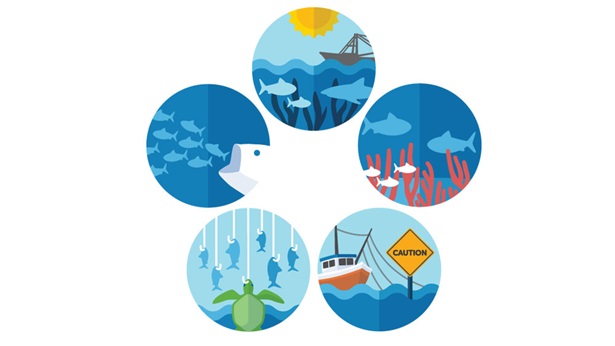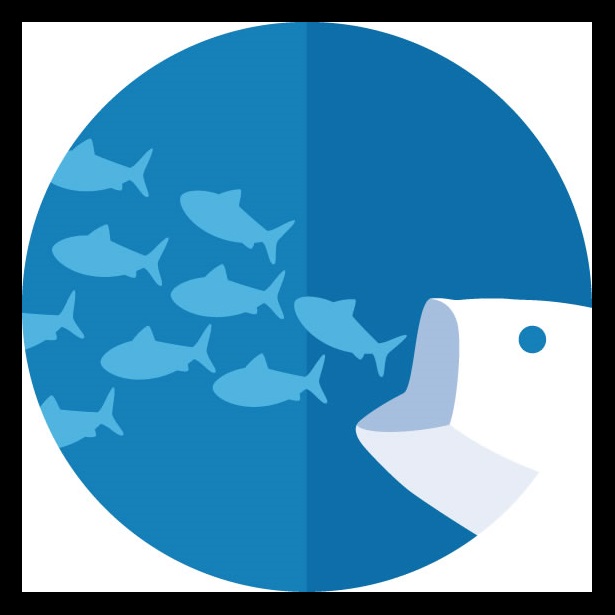Shad Fisherman Carries On Family Tradition as Catch Dwindles
Hope for species in the Delaware River may hinge on better management
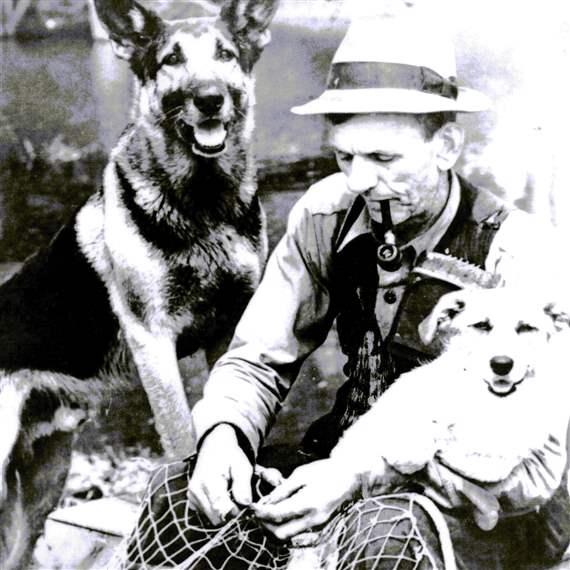
Captain Bill Lewis, shown preparing a net, was one of the first fishermen to track fish populations along the Delaware River, a tradition his great-grandson Steve Meserve continues today.
Lewis Fishery
For more than 20 years, Steve Meserve has run the Lewis Fishery, the last commercial shad operation on the Delaware River. He is the fourth generation to lead the Lambertville, New Jersey, business. Like his great-grandfather captain Bill Lewis, who turned the former American Shad Fishery into the Lewis Fishery in 1888, Meserve is a proud steward of the river.
Growing up, Meserve heard stories about Lewis fishermen like his great-grandfather and the long days on the river—up to 36 hours straight, with little break—fishing for shad in the spring. Back then, Meserve says, his great-grandfather made a lot more money in three months of shad fishing than he did working the rest of the year at the local paper mill.
Shad, small fish that live in freshwater and saltwater, have a long history on the Delaware River, one of their primary breeding grounds. When the Lewis Fishery started, shad was a commercially valuable fish along the East Coast and supported other businesses in the region. But growing demand and heavier fishing, coupled with changing river conditions, drove a gradual decline in the species. According to the Atlantic States Marine Fisheries Commission, the shad catch for the East Coast dropped from 50 million pounds in 1896 to around 10 million pounds in the 1950s.
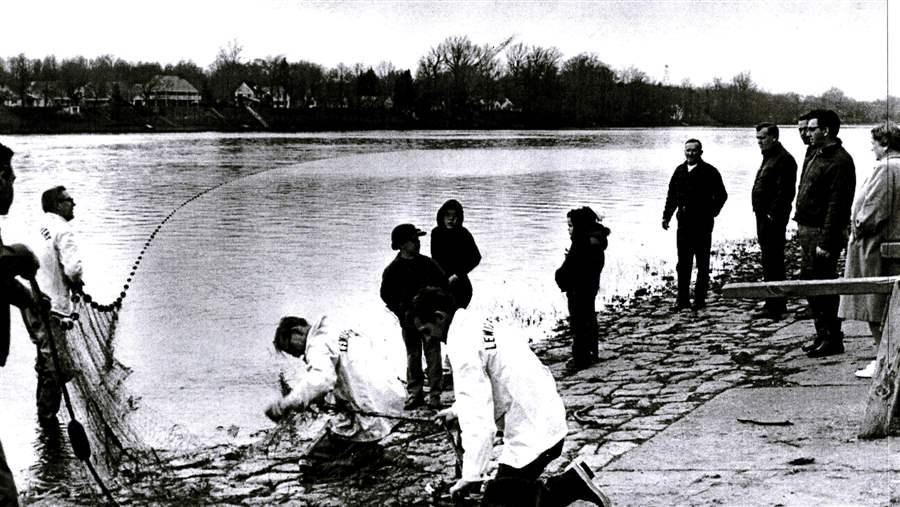
The Lewis Fishery crew assembles along the Delaware to haul in shad nets during the spring run in 1963.
Lewis Fishery
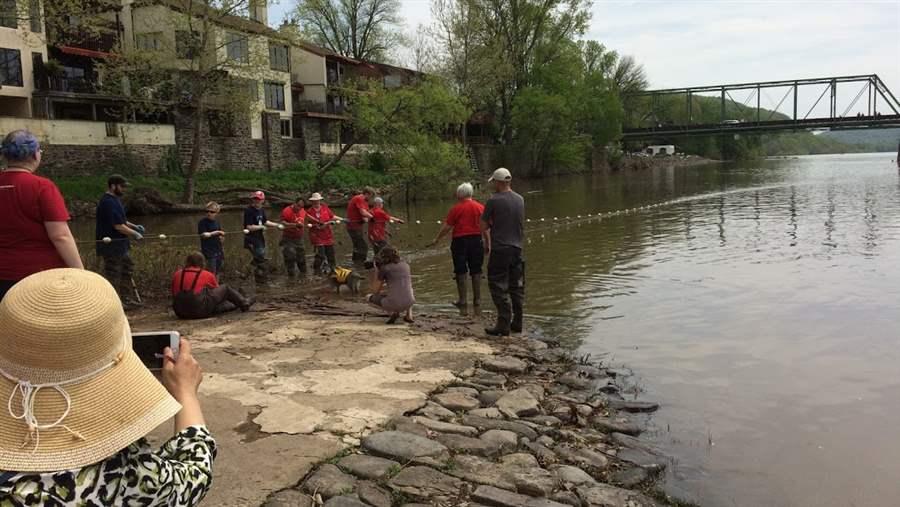
Meserve and the Lewis Fishery crew continue the family business’ tradition, gathering on the Delaware this spring to bring in the shad.
The Pew Charitable Trusts
Meserve says his great-grandfather was a stubborn man who fished even in the lean years when the shad population declined and other fishermen gave up. In 1890, “Captain Bill” started recording how much shad he and his crew caught to make sure each worker was fairly paid. Over time, data kept by the Lewis Fishery have proved valuable to local, state, and federal authorities in developing management and conservation policies.
Like his forebears, Meserve still collects and shares catch data. He says the river’s water quality has improved, but the fish populations have not. “We’re doing the same thing my great-grandfather did 120 years ago, loading up the boat, going out a half-mile, putting out the nets, and bringing them back in to see what we get,” Meserve says. But the shad “are not coming in,” even though the river looks to be healthy and supports other species of fish. “In the 1990s, we went from catching thousands of shad to only hundreds,” he says. “Twenty to 30 years ago, we caught river herring [a fish closely related to shad] by the buckets. Last year, we caught just three herring.”
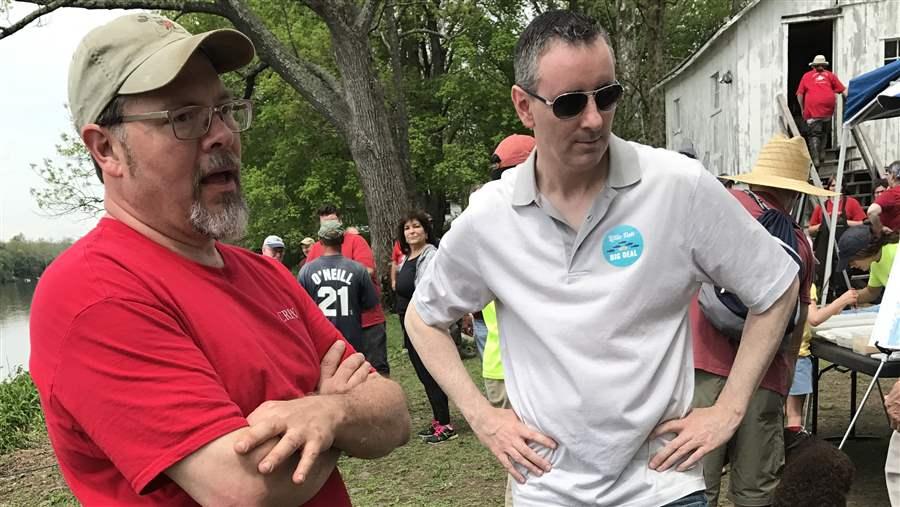
At the annual Shad Fest in Lambertville in late April, Steve Meserve (left) shares and discusses river and shad data with Representative Brian Fitzpatrick (R-PA).
The Pew Charitable Trusts
Meserve believes the decline is due to increases in predatory species in the river and the unintentional catch of shad by industrial fishing boats in the ocean, along with changing river depths that could impair the habitats the juvenile fish need.
Today, the impact of the shad decline reaches beyond the Lewis Fishery. The species plays an important role in the larger environment, serving as prey for bigger fish, such as striped bass and cod, and other wildlife.
Shad and other forage fish are important to healthy ecosystems and local fishing, seafood, and tourism businesses. That’s why Pew is working to persuade government wildlife officials to improve conservation of forage fish through fishery management plans that account for their ecological importance. Restoring forage fish to greater abundance will benefit not only fishermen like Meserve but all of us who depend on sustainable fish populations and healthy oceans.
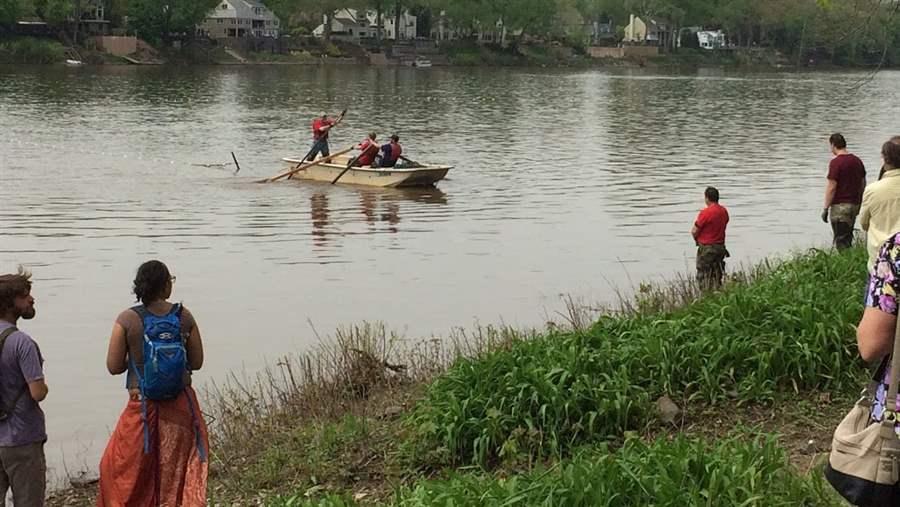
At Shad Fest, Meserve and his crew take to the river to demonstrate fishing techniques the Lewis Fishery has used for over a century.
The Pew Charitable Trusts
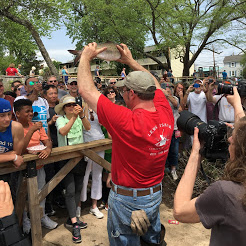
Though the shad run is not what it used to be, Shad Fest, now in its 36th year, draws enthusiastic community support to honor the Delaware River and the fish.
The Pew Charitable Trusts
For now, Meserve will continue fishing the way his family has for more than 125 years. From his time as a kid, learning from his grandfather how to make and mend nets, to his first job on the boats at 14, Meserve has always felt a pull in spring to be on the river and fishing. He says he’ll continue to keep a watchful eye on the water and what’s left of the shad population with hope that “somebody will be brave enough to say there’s a problem here we need to deal with. The longer we wait, the harder it will be to change the conditions of the fishery or the river.”
Ted Morton leads fisheries work at the federal level for The Pew Charitable Trusts.


